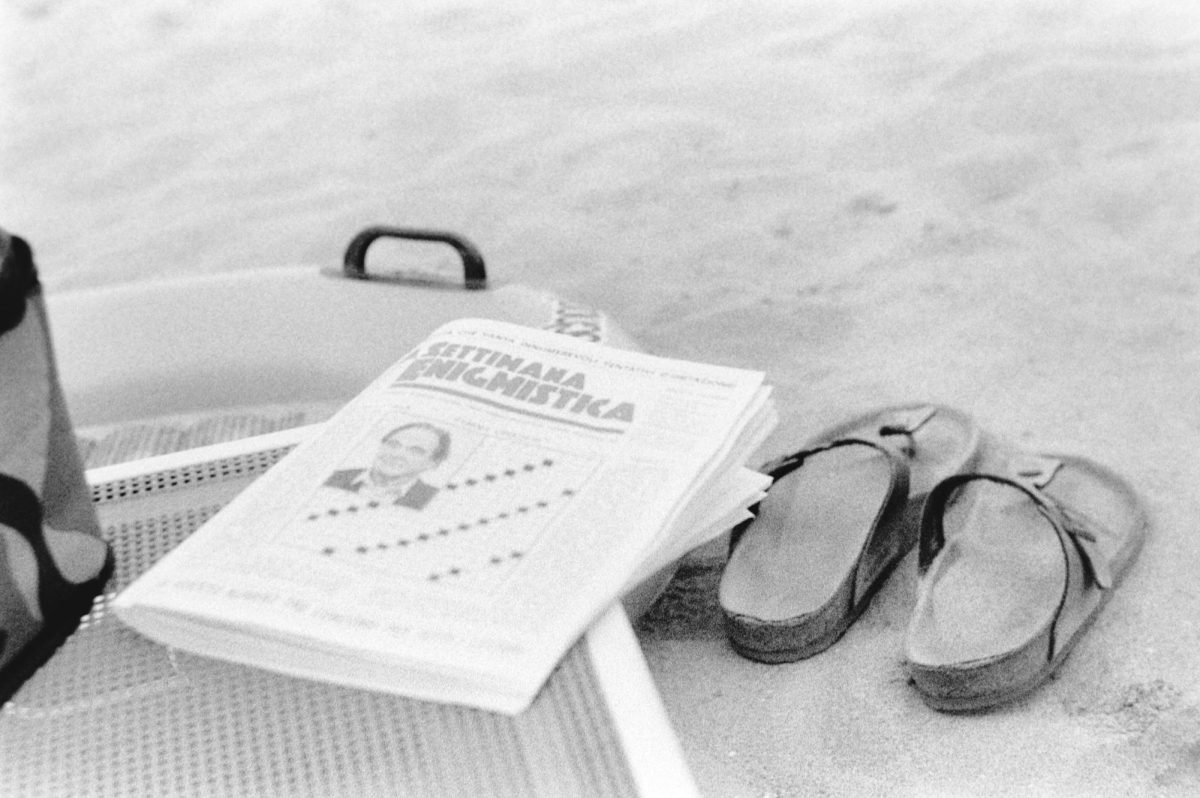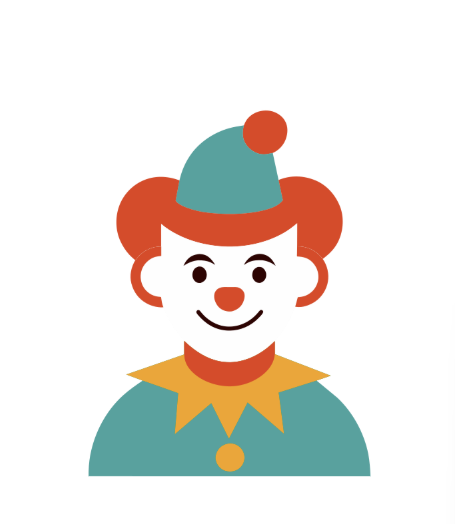Back in November of 2017, The New York Times published an article titled “How to Solve the New York Times Crossword.” It was an excellent article with a simple premise: anyone can solve a New York Times crossword puzzle. It doesn’t matter how big your vocabulary is or how much obscure trivia you know, you can do it. The goal, of course, was to grow the crossword community by making puzzles more accessible. As successful as this article was, I believe they did not go far enough. Not only can anyone solve a crossword puzzle, I believe that anyone can make a crossword puzzle.
Unfortunately I can’t explain the entire process of crossword creation in one article, and you wouldn’t want to read that even if I could. Believe me, I tried. I passed 600 words before I even talked about putting entries on a grid. Instead, I’ll point you in the direction of some excellent resources for learning about and creating crossword puzzles.
The New York Times also has a five part series called “How To Make A Crossword Puzzle” that lays out the entire process step-by-step and in detail. There’s also a documentary called ‘Wordplay’ that discusses the world of crossword puzzles and the creation of a puzzle.
If you’re looking to begin creating your own puzzles, there are a number of tools at your disposal. Pen and paper is nice, but it’s much easier to create a puzzle in-browser using a website like Crosserville.com, or on a desktop using software like Ingrid. Of course, paid software exists, but the free stuff works just fine. Once you create these, you can download them as a .puz file or as a pdf to print out for your friends. If you download a .puz file, you can upload it to a website like squares.io to solve it with your friends, or you can host it through a site like crosshare.org.
The best way to get better at creating puzzles is to practice, but the second best way is to do a lot of crossword puzzles yourself. Dailycrosswordlinks.com lists a number of crossword puzzles. I personally recommend the Universal Crossword and the Wall Street Journal Crossword, which are both free without accounts. Christopher Newport University also provides students with free subscriptions to The New York Times, including access to their full (not mini) crossword, which is the gold standard for crossword puzzles. Additionally, If you’re looking to get involved with other crossword puzzle constructors and solvers (or “cruciverbalists,” if you’re paid by the syllable), there’s a discord called “Crosscord” that can be found with some quick googling.
If you want to get involved with the CNU crossword community, feel free to reach out to The Captain’s Log! Whether you’ve already created a full puzzle or you just have a clever theme idea, it is always worth it to reach out. The Captain’s Log takes submissions!


